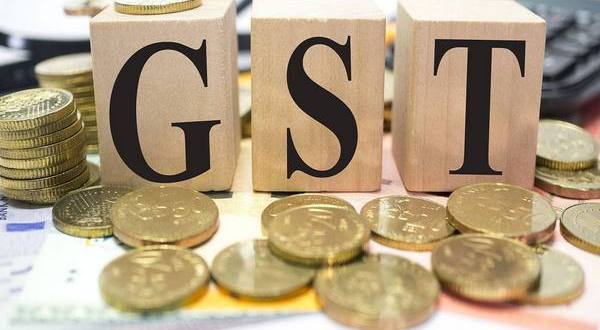GST( Goods and services tax), the biggest modification in India’s indirect tax structure since the economy instigated to be opened up 25 years ago, at last looks all set to become reality. GST is an Indirect Tax that collects most of the taxes together imposing itself on all goods and services (leaving few) under a single banner.
After a few days, India will get its latest tax regime in the GST form. Just hold your breath until the midnight of June 30, 2017, and you will see the much-anticipated tax reform being launched.
Now, let us understand what is GST and what new tax reform for India means:
What is GST in India?
The Goods and Services Tax India (GST) is a single indirect tax for the entire state, one that will turn our country India into a unified common market.
It will act as a single tax on the supply of goods and services, straight from the manufacturer to the consumer.
We won’t get into history as when was it first introduced as we all know it very well. Instead of it, we will try to find out why is it actually needed?
Why is GST actually needed?
As said by the Union Finance minister it will lead to the financial integration of India.
India at present, need it as at this time, tax rates vary from state to state.
And, goods and services tax will safeguard a broad tax base with least exemptions.
This sort of thing will benefit the industries, which then will be able to gain profits of common measures, And,
Later it can claim credit for the taxes paid.
As per government estimates, it will definitely give a boost to India’s GDP by around 2 per cent.
Moreover, the goods and services tax will break the complex structure of distinct central and state taxes that often overlap to create an unvarying taxation system that will be applicable across the country.
Now, taxes will be executed more successfully since a network of indirect taxes such as service tax, central sales tax, octroi, excise duty and value-added tax (VAT) will be swapped by one single tax.
As the amount of taxes will be reduced to 3 with Central GST, State GST and the Integrated GST for inter-state dealings, the state will still have a say in the department of taxation.
What new tax reforms for India means?
The goods and services tax counsel, as well as the Finance Ministers of all the states, have approved 4 main tax slabs- 5 per cent, 12 per cent, 18 per cent and 28 per cent respectively that purposes to lower tax rate on important items and to keep the maximum rate for luxury and demerits goods, to say the least.
The lowest rate of 5 per cent will be levied on items of mass consumption. The second and third groups of standard rates of 12 per cent and 18 per cent will house most of the goods and services and the fourth and the last slab of 28 per cent is taxed mainly on white goods such as fridges, washing machines, etc.
The GST Council has also segregated a few of the items under the 0 per cent tax slab, indicating that goods and services tax will not be charged on them. Daily use items such as milk, eggs, fresh vegetables, wheat, rice, meat, fish, sindoor (the traditional red colour that married women put on their forehead), bindi, bangles, judicial papers, stamps, printed books, newspapers, and many others items fall under it.
And, hotels and lodges, healthcare and education indicating tariff below Rs 1,000 have also been set aside of the GST purview.
Uneven but expensive and semi-precious stones will, on the other hand, attract goods and services tax rate of 0.25 per cent.
In which sector GST is mainly applicable?
GST is applicable mainly for businesses and henceforth it won’t directly shake the salaried class and self-employed professionals. Though, it will influence their expenditures due to the modification in rates of goods and services they gain. And, besides that, they will have to pay their income tax like before.
The medical sector has been exempted from GST.
Taxes that GST will subsume
Central Excise Duty
Duties of Excise (medicinal and toilet preparations)
Special Additional Duty of Customs (SAD)
Service Tax, Cesses, and surcharges
Additional Duties of Excise (goods of special importance)
Additional Duties of Excise (textiles and textile products) and
Additional Duties of Customs (commonly known as CVD).
State taxes that the GST will subsume (All Central taxes)
State VAT
Central Sales Tax
Luxury Tax
Purchase Tax
Entertainment Tax (not levied by local bodies)
Entry Tax (all forms)
Taxes on advertisements
Taxes on lotteries
Betting and gambling and
State cesses and surcharges (all state taxes)
The GST will swap at least 17 prevailing indirect taxes, which is being levied by the Centre and states and all these taxes will be swapped by Central GST, State GST and Integrated GST (imported goods). The consumers will not be laid open to the problem of double taxation once it comes into practice.
How will it profit in India?
By giving a boost to the economy
By making the products and services globally competitive
By paving the way to the integrated economy at the national level
By reducing human interface
By boosting Indian exports in the international market
By improving the taxpayer compliance
By improving the country’s ranking in the ‘Ease of Doing Business Index’
By reducing the budget deficit and
By helping the government to allocate more funds for development projects.
So, let’s wait and watch for GST.

